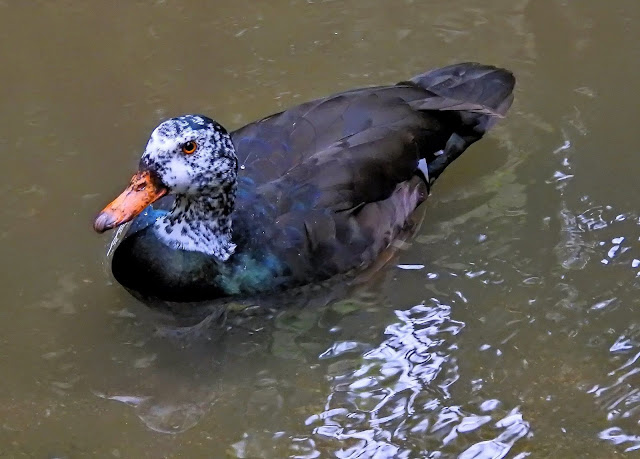The African sacred ibis (Threskiornis aethiopicus ) is a wading bird native to Africa and the Middle East. It is especially known for its role in the religion of the Ancient Egyptians, where it was linked to the god Thoth; despite this, the species is currently extirpated from Egypt.
African sacred ibises have all-white body plumage apart from dark plumes on the rump. Males are generally slightly larger than females.
The bald head and neck, thick curved bill, and legs of these birds are black. The white wings show a black rear border in flight. The eyes are brown with a dark red orbital ring. Sexes are similar, but juveniles have dirty white plumage, a smaller bill and some feathering on the neck, greenish-brown scapular, and more black on the primary coverts.
Population size
200-450 Thou
Life Span
20 years
Weight
1.3-1.5
kglbs
kg lbs
Length
68
cminch
cm inch
Wingspan
112-124
cminch
cm inch








%2020.jpg)
%2021.jpg)
%2010.jpg)



%2010.jpg)
%2011.jpg)
%2014.jpg)
%2015.jpg)



%2020.jpg)
%2020.jpg)
%2021.jpg)




